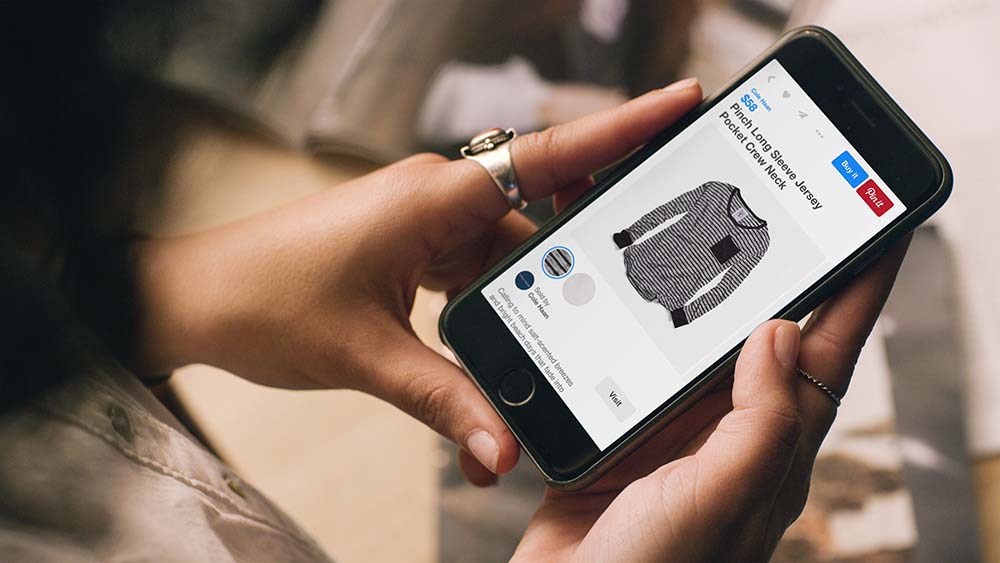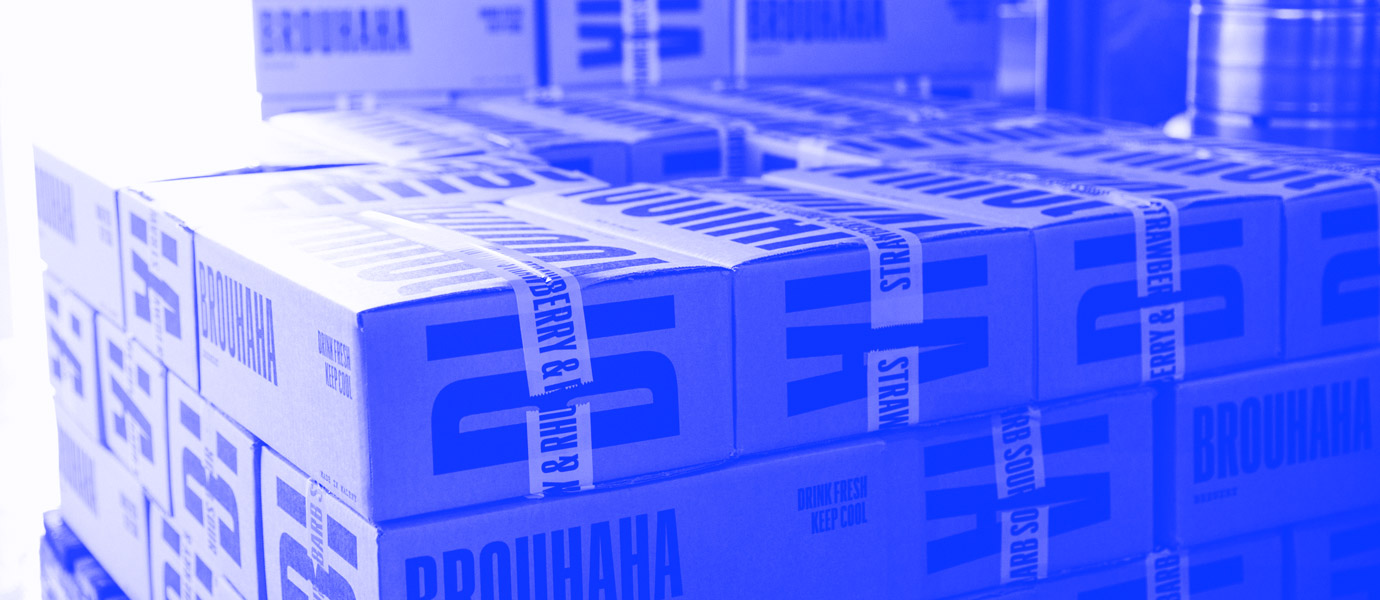Introduction
There has potentially never been a better time to get into the eCommerce game. A huge statement, but hear me out.
There’s no beating around the bush when it comes to the impact of COVID-19 on our buying habits. We’ve been pushed out of the suburban shopping centers in droves, straight into the arms of online retailers – adding a whopping 76% more to our carts than the same time last year.
All signs point to this as a great time to start a direct to consumer business. But keep in mind – this will be a trial by fire. It may be tempting to pull something together just to get started and work it out as you go along, but trust me on this one – your eCommerce platform is one element you want to nail from the get-go.
Nothing kills an online store like a poor experience, whether for the consumer or the retailer (or if you’ve really cooked it, both). So let’s delve into what makes a great eCommerce platform, and how to choose one that’s right for your business.
What exactly is an eCommerce platform?
In its essence, an eCommerce platform combines the optics and user experience of a website with the functionality of retail software.
Think a front end that looks great and is easy to use and a back end that gives you transparency into and control over your end-to-end operations.
These two aspects are what separate the good from the great. And while there are a lot to choose from, having an idea of what your customers want – and what you want – will help narrow down the contenders.

What do customers want in an eCommerce platform?
Optimised for mobile
Online shoppers are spoiled for choice these days, so first impressions are everything. The worst impression you can make? A site that’s not optimised for mobile.
A stat I want you to remember – up to two-thirds of visitors to your online store are likely to be on a mobile device.
If you spend weeks on your desktop design and just a few hours converting it for mobile, your customers will be able to tell.
Your design needs to be mobile-first – think intuitive navigation, short and sharp copy, clear CTAs. I like how Glassons even mimic the Instagram highlights design on their mobile site – it brings native mobile elements into the design, making their site an extension of the apps their audience already use every day.
Another big factor? Page load speed. Google data shows that 40% of visitors will leave your site if they can’t get it to load within 3 seconds. If you’re losing that many potential customers before they even see your site, it’s only downhill from there.
Secure
Design and usability may be the first impression your site gives, but the lasting one? How you handle and protect your customers’ data.
There are a few things you can do to ease visitors’ minds straight away. Investing in an HTTPs or SSL certificate is a no brainer – the padlock symbol next to your URL immediately builds trust with users. Plus, you’ll rank higher in search results.
Using recognized and trusted payment like PayPal also helps to give your site authority and signals to your users that their information is safe.
Flexible payment methods
On the topic of payment, offering a variety of methods to make a purchase on your site will also help you to capture more of the market. It’s pretty straightforward to set up with a credit card gateway, PayPal, Apple/Google Pay, and even Afterpay on many eCommerce platforms in just a few clicks.

What you’ll want in an eCommerce platform
Shipping options
Look for a platform that offers partnerships with postal carriers and thank me later. You’ll save yourself many a headache with this element taken care of in the back end of your site.
Aussie start-up turned eCommerce powerhouse Neto partnered with Australia Post back in 2016. Their customers can get real-time shipping quotes – for both local and international delivery – and pick, pack and print shipping labels all from the back end of their site. More on Neto later.
CRM integration
Knowing who your customers are and being able to reach them again is key to scaling your business. You’ll want an eCommerce platform that can integrate with your existing CRM or one that helps you store and segment your customers’ information for future use.
Insights and reporting
On top of knowing who your customers are, it’s also key to know how they behave. Most platforms will offer some level of analytics, providing you with insights about average session length, conversion rates, and top-selling products. If you know what information to look for and how to interpret it, this is gold for improving your sales and growing your business over time.

Which platform should I choose?
With an idea of the features to look out for, let me introduce you to a few of the big names in eCommerce and how they stack up against each other.
Woocommerce
One of the OG players in the space, WooCommerce is a plug-in for WordPress sites. It’s a cost-effective solution for small to medium-sized businesses looking to get started in eCommerce and offers lots of functionality when used in conjunction with other plug-ins.
You’ll get complete customization and control over your WooCommerce site, but that’s a double-edged sword. Your site is only as good as you build it to be, and you’re on your own when it comes to things like security, back end operations, and hosting.
Use WooCommerce if: you’re already using a WordPress site and want to dip your toes into eCommerce with granular control over your site.
Shopify
Over a million merchants use Shopify as their eCommerce platform, and it’s not hard to see why.
With affordable entry-level pricing, scalability, and a growing library of apps and integrations, there’s a lot to like about Shopify.
You don’t need to know how to code to set up your website – choose one of the pre-designed themes and start selling in a few minutes.
Shopify offers a 14-day free trial, so you can play around and familiarise yourself with the back end. It’s user friendly and shouldn’t take long to get your bearings.
With Shopify’s subscription model, it’s worth noting that you’re locked into paying ongoing fees to keep your site open – and these are subject to change over time. You’re also at the mercy of any updates that Shopify chooses to implement.
Use Shopify if: you want to get things up and running sooner rather than later, with a simple and scalable platform.

Neto
If you haven’t heard of Neto yet, consider this your insider tip before it’s a household name.
Neto is a Brisbane-born platform that’s focussed on the Australian market. The majority-owned by a little business by the name of Telstra, Neto is currently used by 3,000 businesses and counting.
Where Neto shines is under the hood. All about the back end functionality, Neto is a great end-to-end solution. From its partnership with Australia Post and other shipping providers to centralized inventory and warehouse management. Neto is not only making a serious play for the market that Shopify has cornered for years but provides the tools and customization that enterprise platforms like Magento offers.
On the front end, Neto also offers a range of themes to choose from, or you can work with a developer to implement your own design.
Neto’s apps and add-ons are all native to the platform. There’s less to choose from than Shopify’s offering, but Neto’s integrations continue to grow.
This is another one that you can check out for yourself with a free two-week trial.

Where to from here?
Ready to make your idea for an eCommerce business a reality? I’ve got good news for you – The Natives are partners of all of the platforms I’ve mentioned above, and we’ve got years of experience in building both standard and bespoke eCommerce solutions for businesses of all sizes.
Let us take care of your eCommerce platform, so you can focus on running your business. From creating a website design that converts visitors into customers, to integrating your third-party systems for seamless end-to-end operations – this is our bread and butter.
